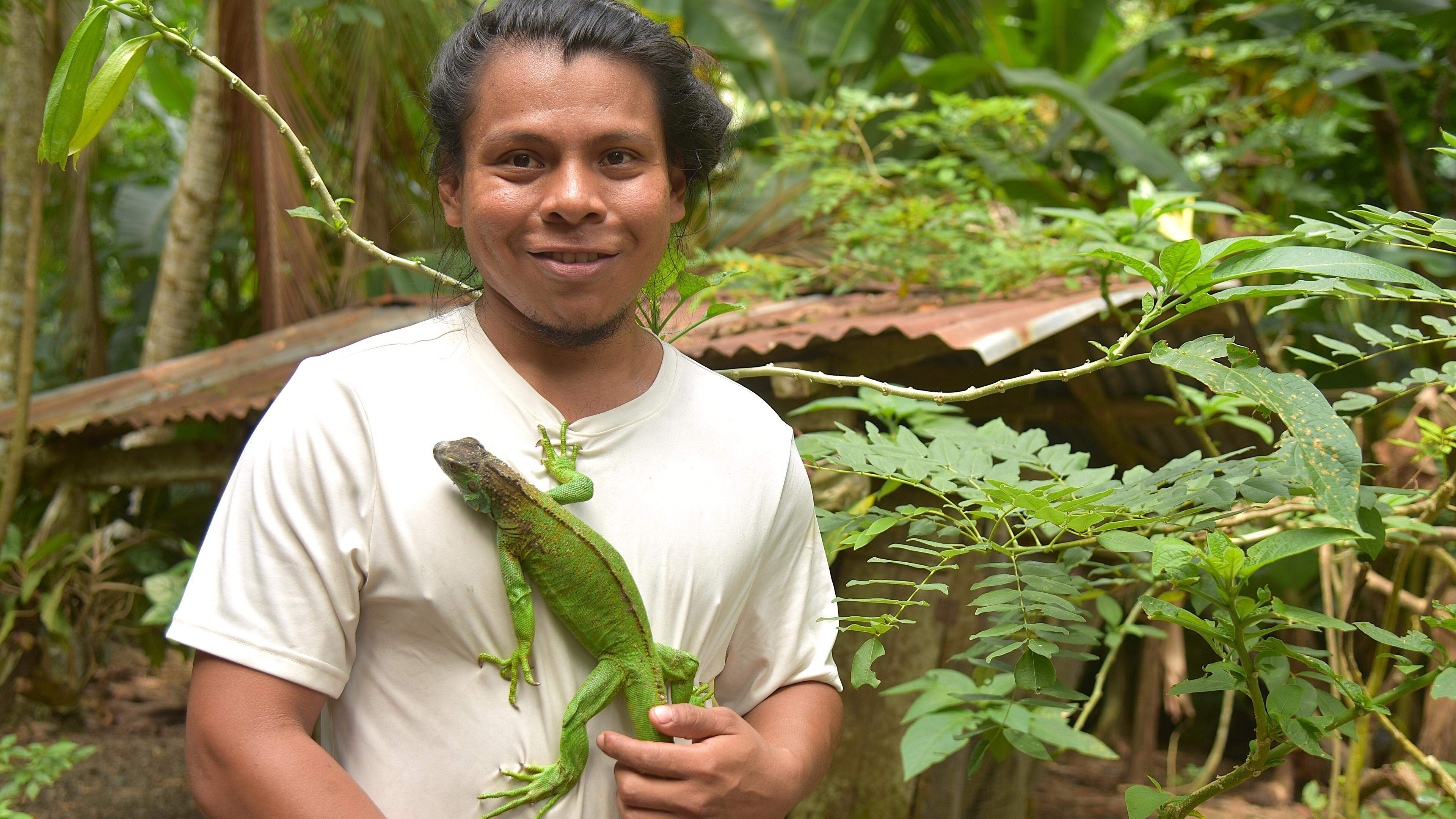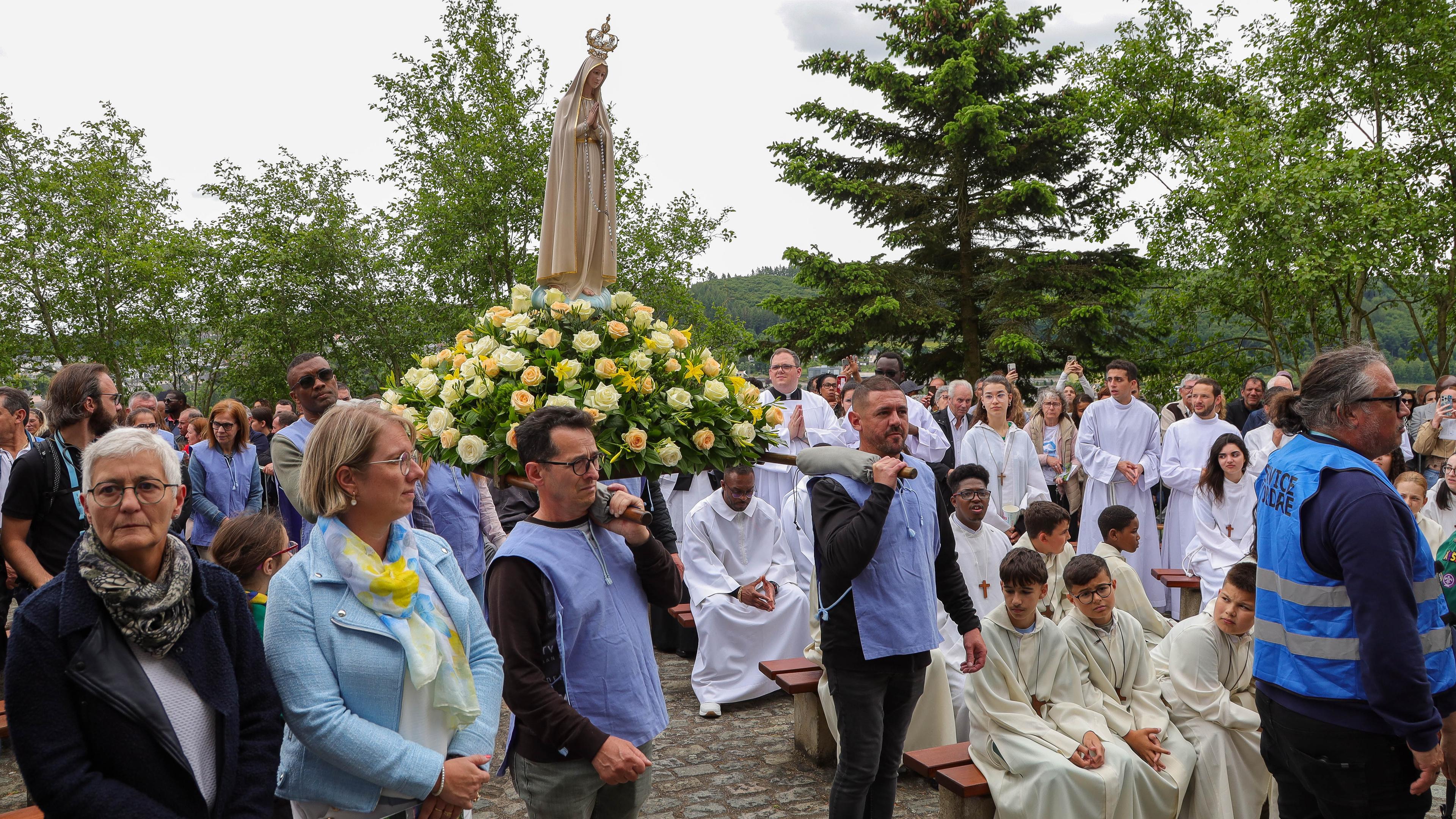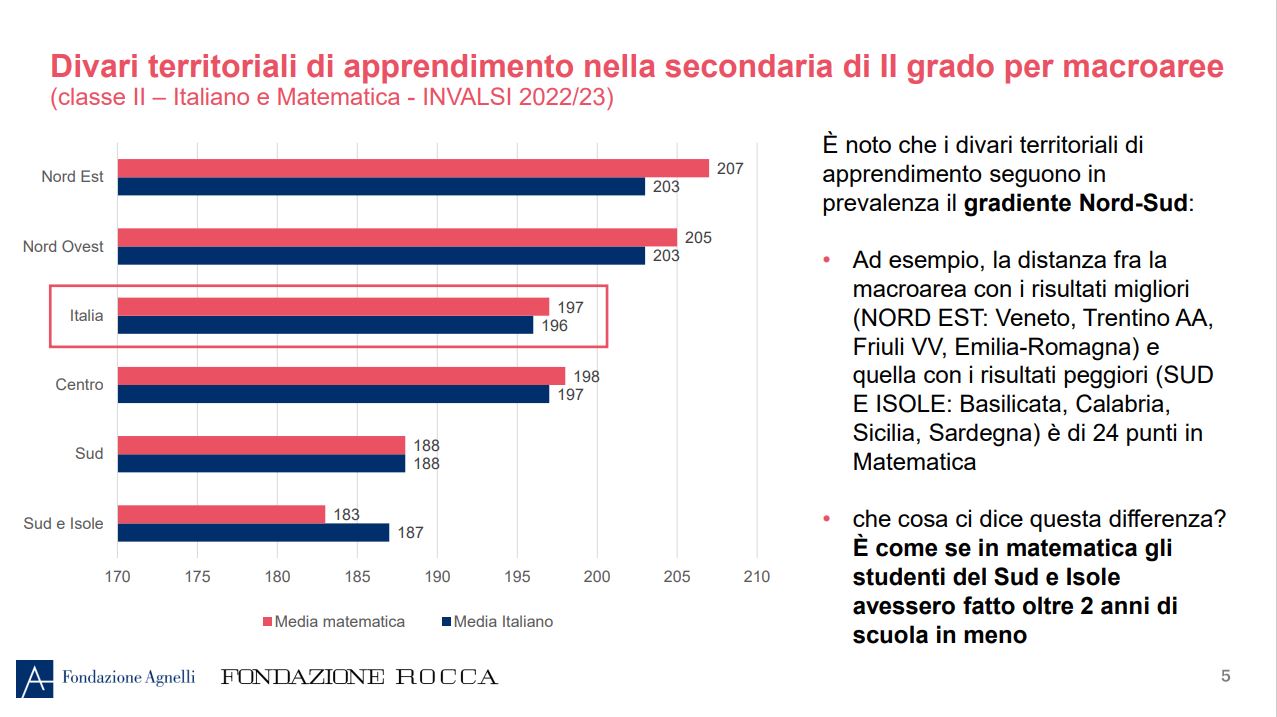Discover with the indigenous people of the Bribri Costa Rica

Trucks with mountains of grass grass banana perennials grumble loudly to us. Then the rainforest -lined Ruta 32 appears empty and quiet again for a few moments. Since its completion in 1987, the « Carretera Braulio Carrillo » has been the only street that leads from Costa Ricas and the capital San José to the Caribbean coast.
The fishing villages there with their fantastically beautiful beaches are gradually developing into coveted holiday resorts. Puerto Viejo de Talamanca, for example, attracts demanding surfers. Between January and March, his high riff creates spectacular, heavily breaking waves like the Salsa Brava – literally: « Wilde Saess ».
Nobody has to look for the wilderness in Costa Rica. Because it is still there almost everywhere and always there.
The African-born residents of the village in particular ensure the relaxed flair, including reggae sound and beach bars. Her ancestors in the 19th century came from Jamaica to build the railway. At that time, bananas served as a cheap meal of the workers, which were built on a large area and at the same time laid the serious foundation for huge monocultures. Costa Rica is still one of the largest banana producers worldwide today.
Again, Jorge Luis Madrigal Godinez suddenly stops. What has our attentive guide and driver discovered now? The cameras in the stop, we browse at the edge of the road in the dense tropical green. It ranges from the floor to the dense leaf roof. Well, where is the sloth sitting this time? Or is there a tukan or roar monkey to see? No, it’s about an insect. And what kind of one! Jorge is happy about our astonished looks. The reason: an elephant beetle sits enthroned on an branch fork at eye level – completely harmless, but the size of a mole.
We learned in the first days of travel through the species -rich country: Nobody has to look for the wilderness in Costa Rica. Because it is still almost everywhere and always there, even if the plantations – mostly for pineapples, bananas and coffee – eat persistently into the forests. She also accompanies us at every turn – whether on the hike to the volcanoes Arenal and Irazú, when kayaking on the channels of Tortugueros or at the snorkeling adventure in the coral reef from Manzanillo.
Our next destination is on the edge of the rainforest and yet in the middle of the wilderness: Watsi, a village of indigenous people Bribri. Your people today only count 35,000 relatives. It is the largest of the eight indigenous ethnic groups in Costa Rica that anchored its multicultural status in 1993 in the constitution.
The indigenous village of Watsi essentially lives from the cocoa cultivation. Photo: Carsten Heinke
The small democratic country between Nicaragua and Panama, which abolished its military in 1948 and has instead invested more in education and health instead, is one of the most advanced in Latin America. The people living here by far are European descent. Eight percent have African, some also Asian roots.
Only two percent – around 100,000 – are indigenous people. 24 indigenous territories (seven percent of the state area) have been granted to them since the 1970s. However, other Costa Ricans have often lived and lived there for a long time. This ensures numerous conflicts to the present.
As can be seen from a current study by the human rights organization International Work Group for Indigenous Affairs (Iwgia), the designated areas are still largely inhabited by non-indigenous people, a little more than half in the Kéköldi Bribri reserve. Right in the middle: the village of Watsi.
Cocoa and property are women’s business
Around his houses, agriculture mixes with jungle across the vegetable garden. Fruits of all kinds ripen in the shade of high trees, including the most important thing: Holy cocoa. « He is a symbol of life, blood and femininity, » consecrated us Don Catato. The 64-year-old Awápa or medicine man also has the office of mayor. However, the actual bosses in the village are the Bribri women.
Only the women of the village are allowed to roast cocoa beans, grind and prepare chocolate from them. Photo: Carsten Heinke
In the belief of her people, the highest god Sibú made up of corn of corns and married Tsuru ‘, the goddess of cocoa. Only women who own the country alone and depends on which clan a child belongs can roast, grind and prepare chocolate from them. By giving them the holy drink, they also determine the well -being and hurt of the men. They are responsible for hunting and protection, agricultural work and house construction. Everyone is closely connected to nature. « It is our habitat, food and raw material source, » says Catato López López.
In a foray through the forest, the clan boss and nature scholars reveal which plants are suitable for healing, seasoning or coloring. As we already know, many living things in the warm, damp, nutrient-rich tropical world are noticeable through their huge or dwarfness, others through bright, bright colors. The tiny small hazers from the empire of the amenment, which he now introduces us, are part of it.
Neongrün, also bright yellow, red or blue and black grasped, they crouch in flowers and on leaves – hardly larger than our bumblebees. Although they are called all the arrow poison frogs, only four of the 170 species have four over the paralyzing to fatal secretion. However, it is not produced by themselves. They filter it out of their food: toxic mites, spiders and insects.
« We used the poison of the frogs and above all that of plants in the past, » says Catato and gets his old wind tube arrows out of the closet. He also finds a lure for birds. It is the brown seed capsule of Entada Gigas.
Medicine man Catato López López can imitate bird calls using seed capsules and leaves. Photo: Carsten Heinke
Because of its shape and the fortune to spread floating, the pretty seed is called the same as the whole climbing plant « heart of the sea ». This type of liana owes its joke name « monkey leader » to its to two meter long legumes. As if they wanted to show us that they do not need climbing aids at all, two nimble Capuchin monkeys give us a sample of their sporty talent.
Protection projects for iguanas and Aras
On the other hand, almost deliberate, but no less clever moves the roar monkey that we spot in a tree top at the neighboring village. Mostly to dawn, especially in the morning, the primates live up to their name. Up to five kilometers, your deafening, deep, rough tubes or barking sounds. But the representative about us is in silent and in the peace and quiet of his leaf meal. Only parrots, songbirds and chickens can be heard.
The creature in the next bush is not only on noise, but currently also any movement. Even if it doesn’t look like this: it is a green iguana. The brownish-gray coloring of its primeval spiked dandruff dress as well as the respectable size tell us the increasing age. Adult males include a tail on body lengths of over two meters.
Traditional hunting of indigenous people never endangered them. But their attractive skin and delicate meat, which they owe the name « Green Chicken » or « Chicken of the Trees » – Greens or Treehühner – – were increasingly commercial interests. Uncontrolled killing and interventions in their habitat through agriculture and industry threatened the continued existence of the species about 20 years ago. The fact that these peaceful and herbivorous reptiles can be found frequently in the forest and hallway of Costa Rica is a merit of the Bribri.
Këswar Mayorgas breeded over 60,000 lizards under farm conditions together with other villagers to get them out and thus prevent their extinction. Photo: Carsten Heinke
Këswar Mayorga, a young member of the indigenous people, recalls: « As a child, I rarely saw Leguane. For a while it seemed to die out. » But then the Leguan project was launched in the Kéköldi reserve and systematically breeded the lizards under farm conditions. Këswars’s family and the whole village were involved.
« When the animals were big and strong enough, we brought them into the forests and wildered them. More than 60,000 had been over the years, » reports the 32-year-old and shows us a green iguana that is only half a year old and therefore actually shining green. With him and a few more fellow species, Këswar keeps the farm alive, even if she has already fulfilled her task for keeping species.
Two editors put Bali to the test
Visiting this station brings the tourists a piece of culture of indigenous people-as well as the village tours with the medicine man, guided hikes and cocoa experience tours. This not only creates jobs, but also invest in nature.
In Manzanillo, 15 kilometers further, the reserve supports a protective project for rare soldiers. The birds are bred there and carefully prepared for life in freedom. Thanks to « ARA Manzanillo », the stock of the great green parrots has grown by 30 percent in Costa Rica alone, by ten percent worldwide.
Rice information
Travel time: Blue skies, best surf waves and lots of sun, but few mosquitoes are available in the dry high season from December to April. The rather moist period from May to November makes everything bright green. Rain is usually only available in the afternoon. It is the time of turtles and whales.
Arrival: From Luxembourg to Frankfurt, from there with Lufthansa Nonstop to San José (duration: 12 hours, from 520 euros).
Entry: With passport. No visa is required.
Tour: A twelve-day self-driving trip including flight and rental car, breakfast and other meals, eleven nights in a double room as well as activities (UA « Bribri tours »: Watsi with cocoa experience, ARA protection project in Manzanillo, Leguan farm) costs at Meier’s world tours z. B. in May from 2,513 euros.
Further information: www.visitcostarica.com
The research on this post was supported by Meier’s world tours.








